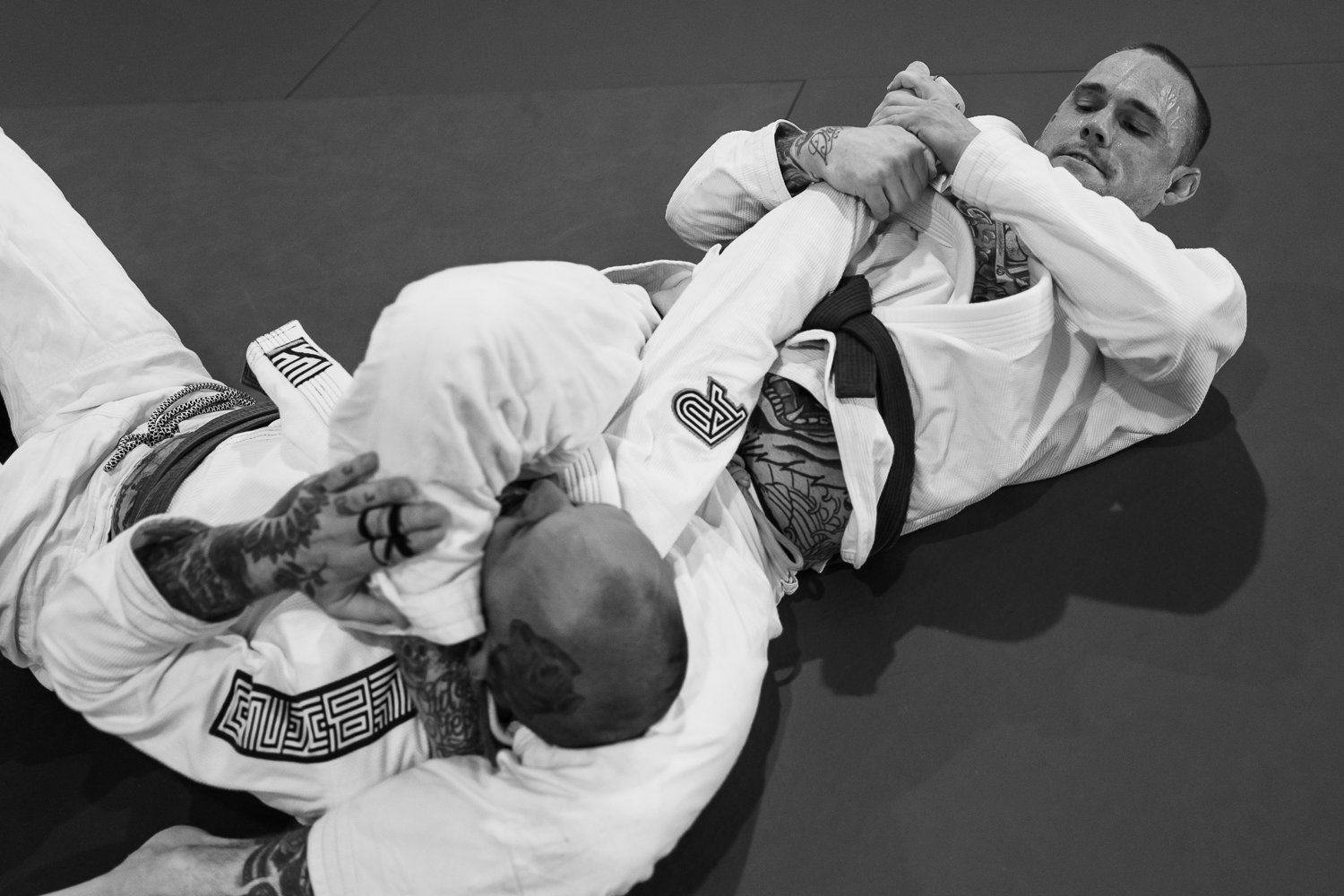The History and Origins of Brazilian Jiu Jitsu
Martial arts have a history that spans centuries or even longer, and the rich history of Brazilian Jiu-Jitsu is complicated and exciting. Whether you are interested in Jiu-Jitsu because you want to take jiu-jitsu classes, or you are just interested in martial arts generally, it is helpful to understand more of the history to see how everything fits together. Here is a brief explanation of the history and origins of Brazilian Jiu-Jitsu to get you started on your understanding of this impressive martial art.
Ancient History: ?-1882
Although Brazilian Jiu-Jitsu as we know it is native to Brazil, its origins began far before that time in Japan. The primary forms in this early period included Tenjin Shinyo Ryu and Kito Ryu. They both had a significant impact on how Brazilian Jiu-Jitsu is practiced today. This method of fighting was developed to help fighters who had been disarmed. Since they no longer had weapons, they would need to use strikes, blocks, and evasion to keep themselves safe while they continued to fight. This early style of Jujutsu heavily influenced martial arts like Judo and is very similar to what you would learn in a Jiu-Jitsu gym today, but there are distinct differences.
Jigoro Kano and Kodokan Judo: 1882-1914
In the late 1800s and the early 20th century, Jigoro Kano was instrumental in transforming Koryu Jiu-Jitsu into Judo as it is known today. This style of Judo focused on a non-cooperative type of sparring. And the goal of this practice is to ensure that the sparring is as realistic as possible while still maintaining a high level of safety for the fighters. This was a massive upset in the martial arts world. This combination of Tenjin Shinyo Ryu and Kito Ryu was more effective than other methods and took competitions by complete surprise. This form of combat Jiu-Jitsu continued to evolve over the following years.
Mitsuyo Maeda in Brazil: 1914--1925
The beginnings of Jiu-Jitsu in Brazil happened because of Mistuyo Maeda, who opened a Jiu-Jitsu school in Brazil in 1914. Maeda was a student of Jigoro Kano, and he used his knowledge to bring this martial art into Brazil. Over the next decade, Maeda continued expanding the practice of Jiu-Jitsu throughout Brazil.
Carlos and Helio Gracie and Sons: 1925-1970
In the mid-nineteen twenties, Carlos and Helio Gracie started modifying the Jiu-Jitsu that had been brought to Brazil by Maeda. They had big goals of bringing Jiu-Jitsu to the masses in Brazil and were responsible for training fighters like Rorion, Royce, Rolls, and Rickson. Carlos Gracie started studying Jiu-Jitsu as a teen with Maeda and became passionate about the sport. In 1925, Gracie established his school and taught BJJ classes to anyone who was interested. Gracie started his Jiu-Jitsu academy out of his living room so he could save money and provide for his family. This launched a family tradition of teaching Jiu-Jitsu for generations.
Jiu-Jitsu Comes to America: 1970s-1990s
Fighters from the Gracie school and family were inspired by their teacher's love of sharing Jiu-Jitsu and sought to share it themselves. In the 1970s, Rorion and other second-generation Gracies moved to the US and began teaching Jiu-Jitsu classes for adults and children. They established BJJ schools, competed internationally, and participated in the Gracie Challenge. The Gracie Challenge was a fight that provided an open invitation to fighters from any martial art background. The goal of this competition was to show the power and ability of Jiu-Jitsu to overcome other martial arts forms.
The Birth of the UFC: 1993
The first UFC took place in 1993 and was instrumental in bringing Jiu-Jitsu to more public attention. Royce represented Brazilian Jiu-Jitsu in the competition. This fight was important because it showed how Jiu-Jitsu could allow a smaller competitor to take down larger opponents. Royce dominated the competition despite being the smallest competitor in the entire event. Royce's win paved the way for new interest in BJJ as people worldwide gained an interest in learning Jiu-Jits.
Growth and Globalization: 1993-Present
Since 1993, Jiu-Jitsu has continued growing and progressing as a martial art. The events of UFC 1 in 1993 made the demand for Jiu-Jitsu classes increase exponentially. And over the following decades, BJJ academy classes continued to be in high demand. The UFC has changed significantly since that time, but Jiu-Jitsu has continued to gain popularity and improve its reputation.
Even now, Jiu-Jitsu continues to grow. Many martial artists still strive to learn all they can from their local Jiu-Jitsu dojo and compete on the international circuit. Anyone interested in learning Jiu-Jitsu can enroll in a beginner Jiu-Jitsu class that will teach them the basics of the martial art and provide them with a path toward true mastery. You can begin your Jiu-Jitsu journey with us. To get started, just click right here.

